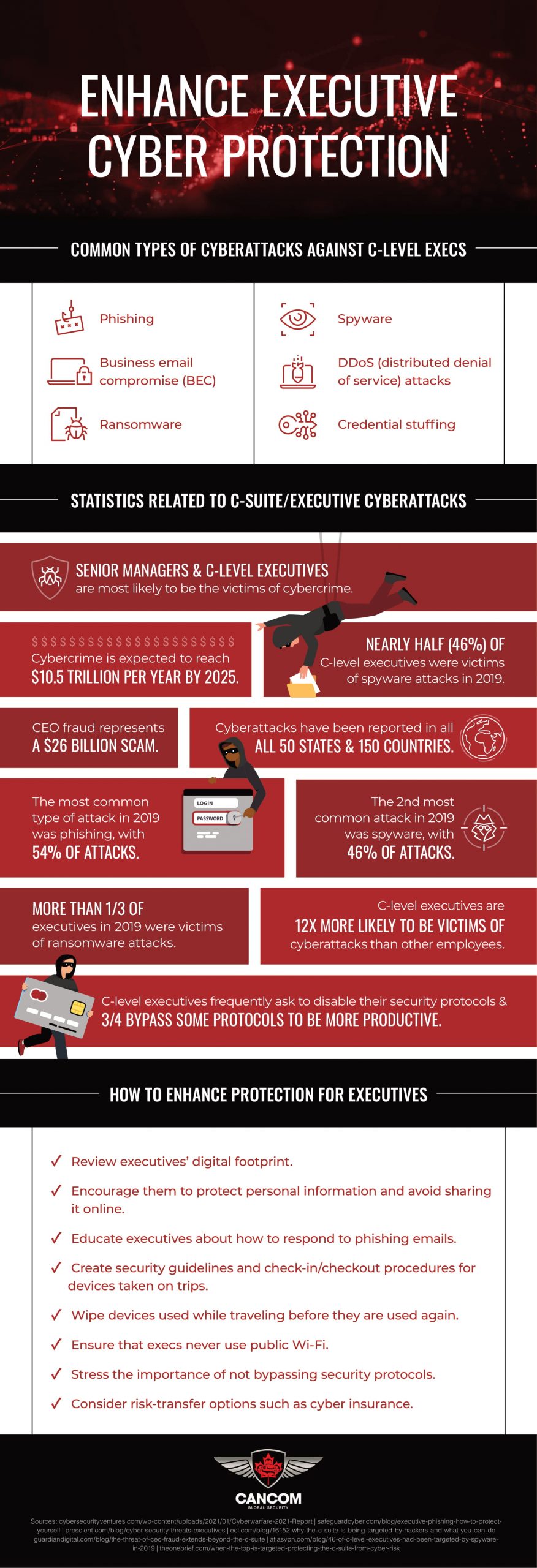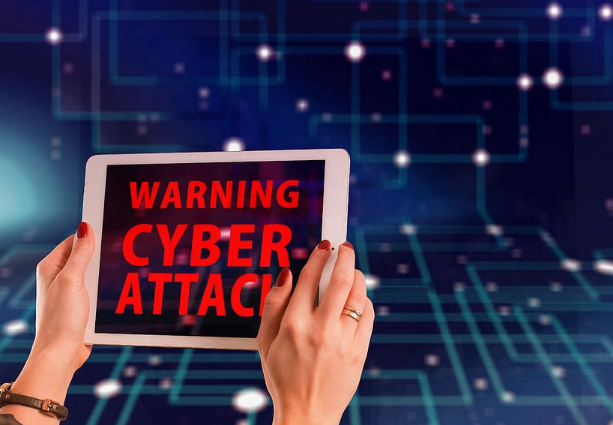Are you concerned about the security of your business? It’s alright to be worried, as the statistics are alarming. Cybercrime, which are targeted attacks including phishing, ransomware, identity theft and fraud-based strategies has seen a 600% frequency increase since the beginning of COVID-19 pandemic in December 2019.
Some of the web-based cyberattacks and malware like ransomware are among the most costly types of cybercrime that impact businesses globally. Investments in cybersecurity for the average company is upwards of $2.4 million or more to ensure its defenses. The businesses who are impacted regardless of this investment, particularly by malware, have indicated that their data remained inaccessible for upwards of a week.
A glaring issue for the businesses susceptible to these attacks are the information technology professionals aware of their company’s vulnerability to ransomware and other types of attacks. Unfortunately understanding the vulnerability does not always mean action will be taken to protect delicate data. In fact, nearly three-quarters of companies that have been targeted by ransomware had reported the most up-to-date endpoint protection. Within this past year, 90% of business owners and managers say that their businesses have been attacked by ransomware.
Often times these targeted attacks can be organization-wide, however, it’s most often executives that find themselves as the key targets of these attacks. Why is that? Well, executives typically have the highest level of access to sensitive organizational data. Attackers understand that targeting executives could mean putting an entire company in jeopardy. Luckily, there are a number of strategies that forward-thinking companies can look to in order to enhance the cybersecurity of their executives for the sake of securing personal and company data.
Enhanced cybersecurity of executives starts with an evaluation of the executive’s digital footprint. Ask yourself, where can attackers find information about the executive? Take some time to review the social media and networking profiles that executives have on popular platforms, but certainly don’t end your search there. Which retailers is he or she shopping primarily at? What blogs include some of the most personal information about the executive? Limiting what attackers can find on their own is imperative. Not only that, the types of information available is equally as important as how accessible it is. Addressing what’s out there can help lead to effective steps to defend against these potential attackers.
Finally, and arguably the most important, is educating these executives about these attacks. For example, the clear signs to recognizing these attacks and then the actions they should take to respond to them. Even some of the most intelligent executives can overlook some of the signs which can lead to their information being exposed. Prioritize the importance of slowing down and paying close attention as they browse through their inboxes. Suggest they avoid messages from unknown contacts with generic phrasing or oddly written phrases. Also, remember to delete any suspicious-looking emails prior to opening.
For additional information regarding the improvement of cybersecurity for executives, check out the resource coupled alongside this post. Courtesy of Cancom Global Security.


